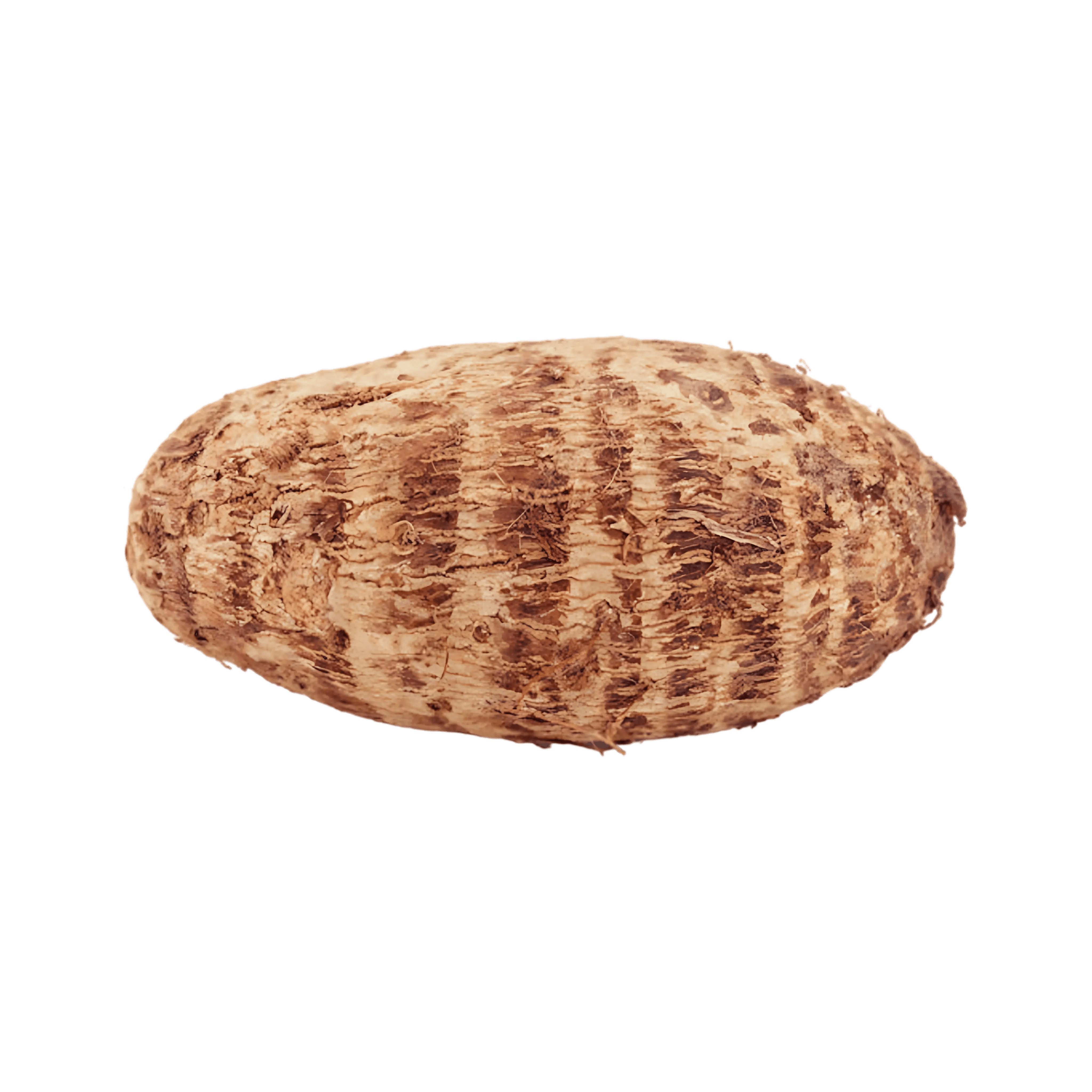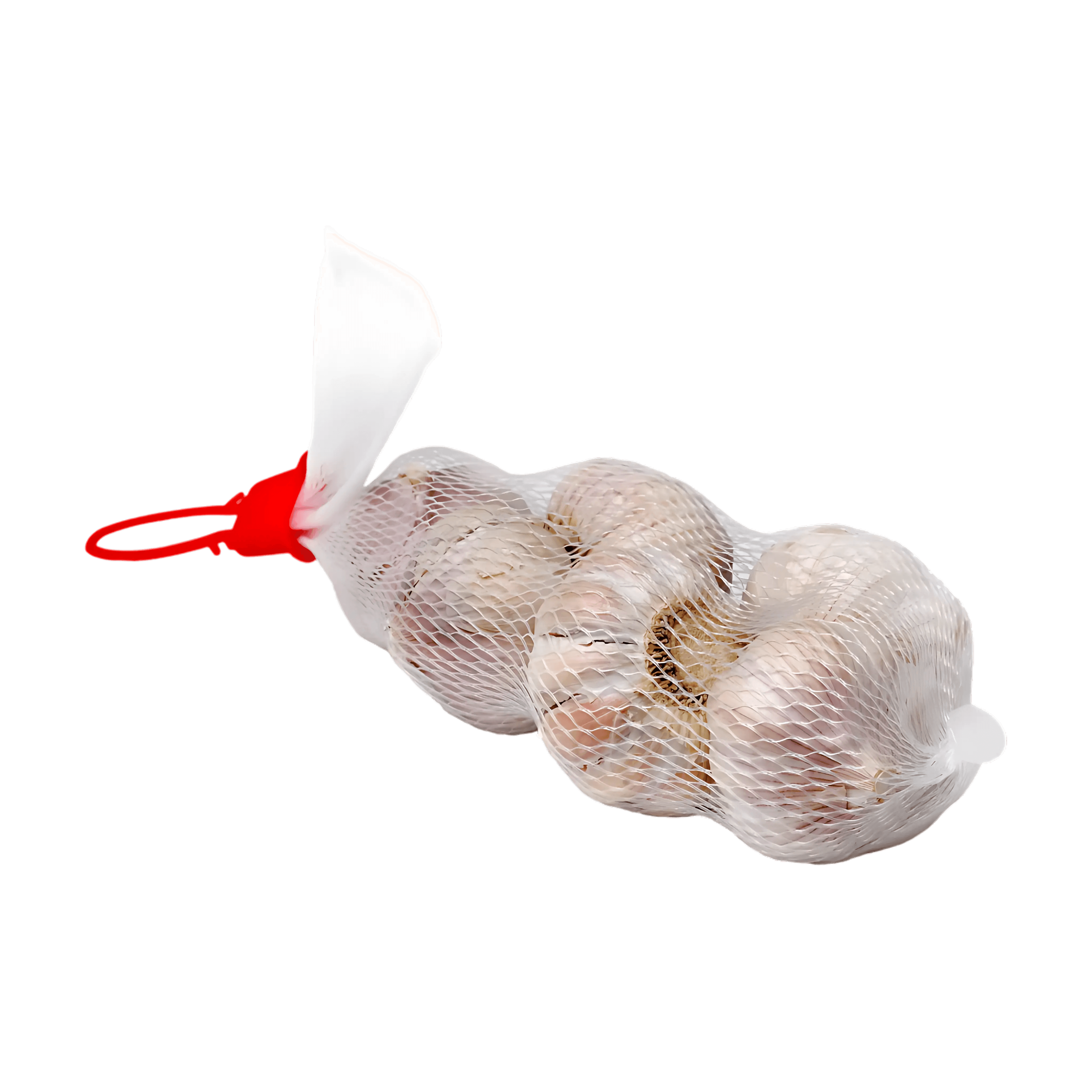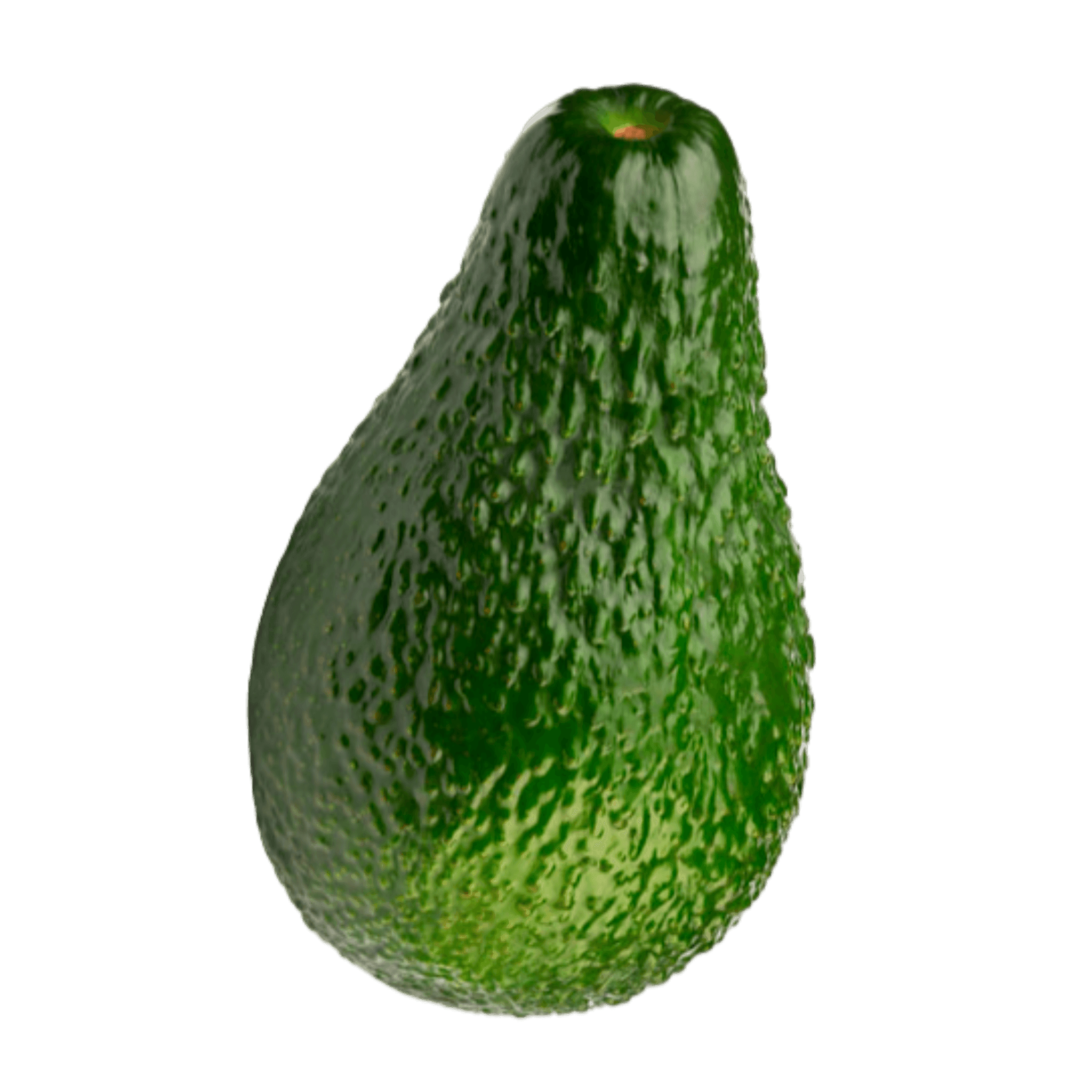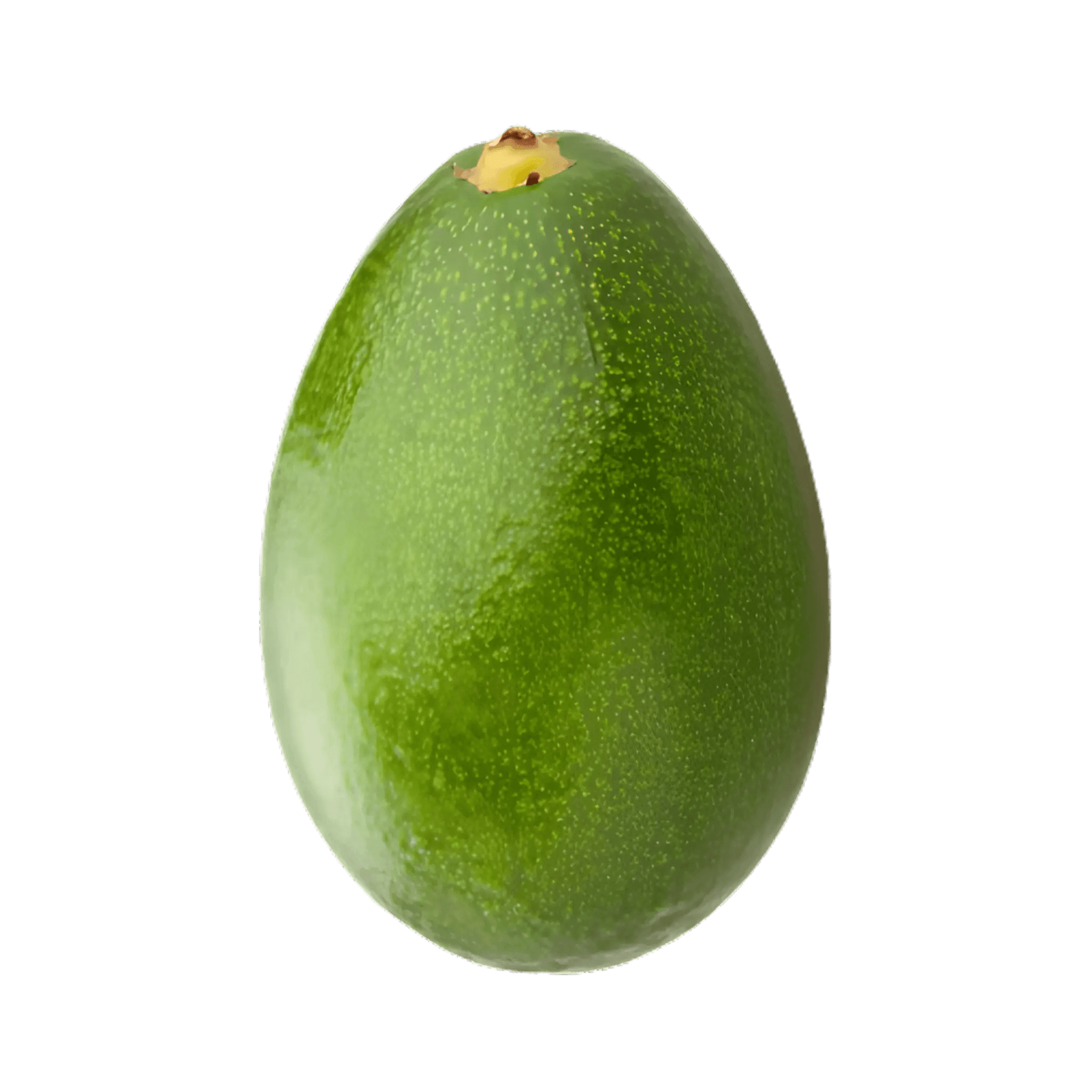Taro is an exotic tuber prized for its creamy texture and slightly sweet taste. This root vegetable is distinguished by its rough brown skin and white flesh dotted with purple fibers. Rich in fiber, vitamins, and minerals, taro is a nutritious food that can be prepared in a variety of ways.
Faq
Q: What is taro?
A: Taro is a tropical tuber, rich in starch, with a sweet, slightly nutty flavor.
Q: How do you cook taro?
A: It can be boiled, steamed, fried, or used in soups and stews.
Q: Is taro poisonous when raw?
A: Yes, it must be cooked to remove calcium oxalate crystals, which can irritate the throat.
Q: What is the difference between taro and potato?
A: Taro has a more fibrous texture and a more distinct flavor than potato.
Q: Where can I buy taro?
A: In Asian, African grocery stores, or some supermarkets.
Conservation
Ingredients & nutritional information
Taro
Tax included. Shipping calculated at checkout
- 1kg
Adding product to your cart
Q: What is taro?
A: Taro is a tropical tuber, rich in starch, with a sweet, slightly nutty flavor.
Q: How do you cook taro?
A: It can be boiled, steamed, fried, or used in soups and stews.
Q: Is taro poisonous when raw?
A: Yes, it must be cooked to remove calcium oxalate crystals, which can irritate the throat.
Q: What is the difference between taro and potato?
A: Taro has a more fibrous texture and a more distinct flavor than potato.
Q: Where can I buy taro?
A: In Asian, African grocery stores, or some supermarkets.

Taro
Benefit from 5% reduction
Register to get your reduction voucher and be informed about all our news.











